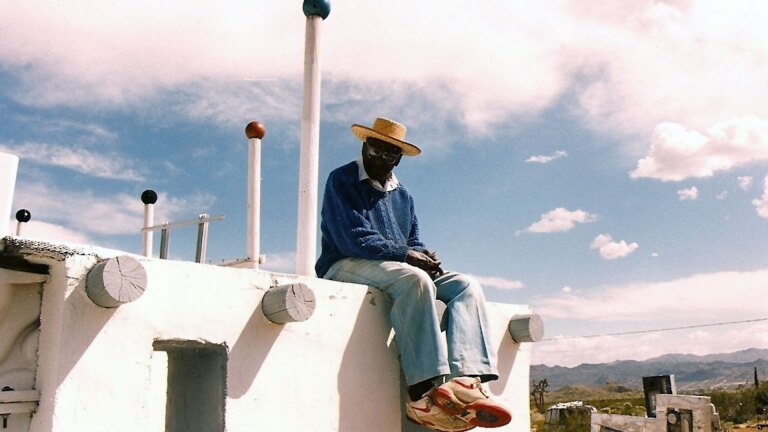Orange County's Commitment to the Pageant of Masters
Artbound's editorial team has reviewed and rated the most compelling weekly articles. After putting two articles up for a vote, the audience chose this article to be made into a short-format documentary.
In the early 1930s, California sculptor L. Archibald Garner won a competition to create a monument for a new astronomical observatory in Southern California. His proposal was simple: a 40-foot tall obelisk of brilliant white concrete surrounded by six of astronomy's most influential thinkers. And, for nearly 80 years, the monument has marked the entrance to the Griffith Observatory in Los Angeles.
On a cool Friday evening early in July, I find myself staring at Garner's sculpture: the figures' stylized robes, their impassive gazes, their astronomical tools. Except none of it is real. I'm in an amphitheater 60 miles south of Griffith Park, in a canyon nearby Laguna Beach. Instead of concrete, Garner's piece is made out of wood and Styrofoam. The sculpted figures are really actors, all painted white; all of whom remain deadly still while the announcer talks about astronomical achievements and quotes Carl Sagan. As a light system projects the cosmos onto a scrim before us, the planets of our solar system float into view. A massive Earth rises just beyond the stage, looking serene and fragile. The music swells. My neighbor gasps, "Oh god, oh god, oh god." And with an explosive crescendo, Act 1 of Pageant of the Masters comes to an end.






















